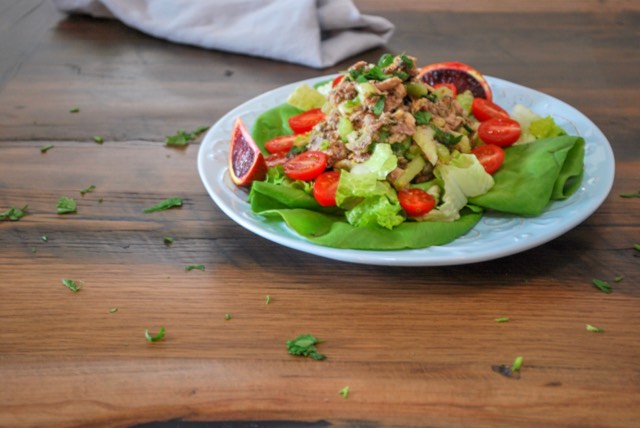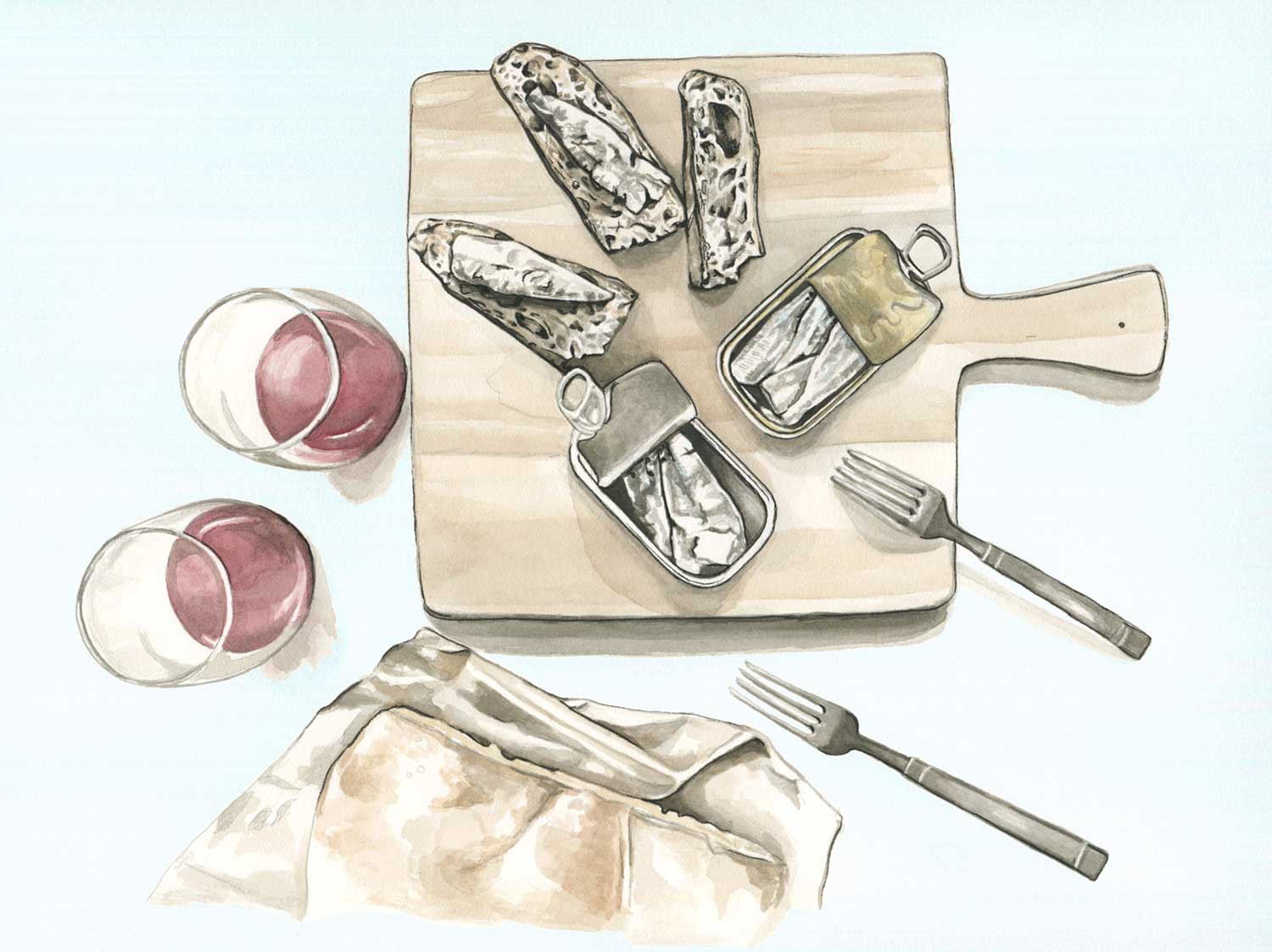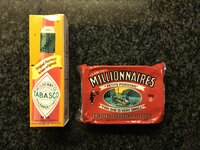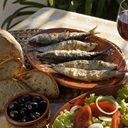When I make "salmon" patties, I use mackerel because it is cheaper. I believe it smells worse to. Anyway, bring some sort of smelly fish to work, pop in microwave, wait for the complaining that ensues hahaThanks for the inspiration. Afternoon snack. Co-workers are not happyView attachment 1073559
I have not seem them with jalapenos around here. I am going to have to look closer. I usually grab the cans on sale for under a buck, so I may need glance out of the sale column to find them














